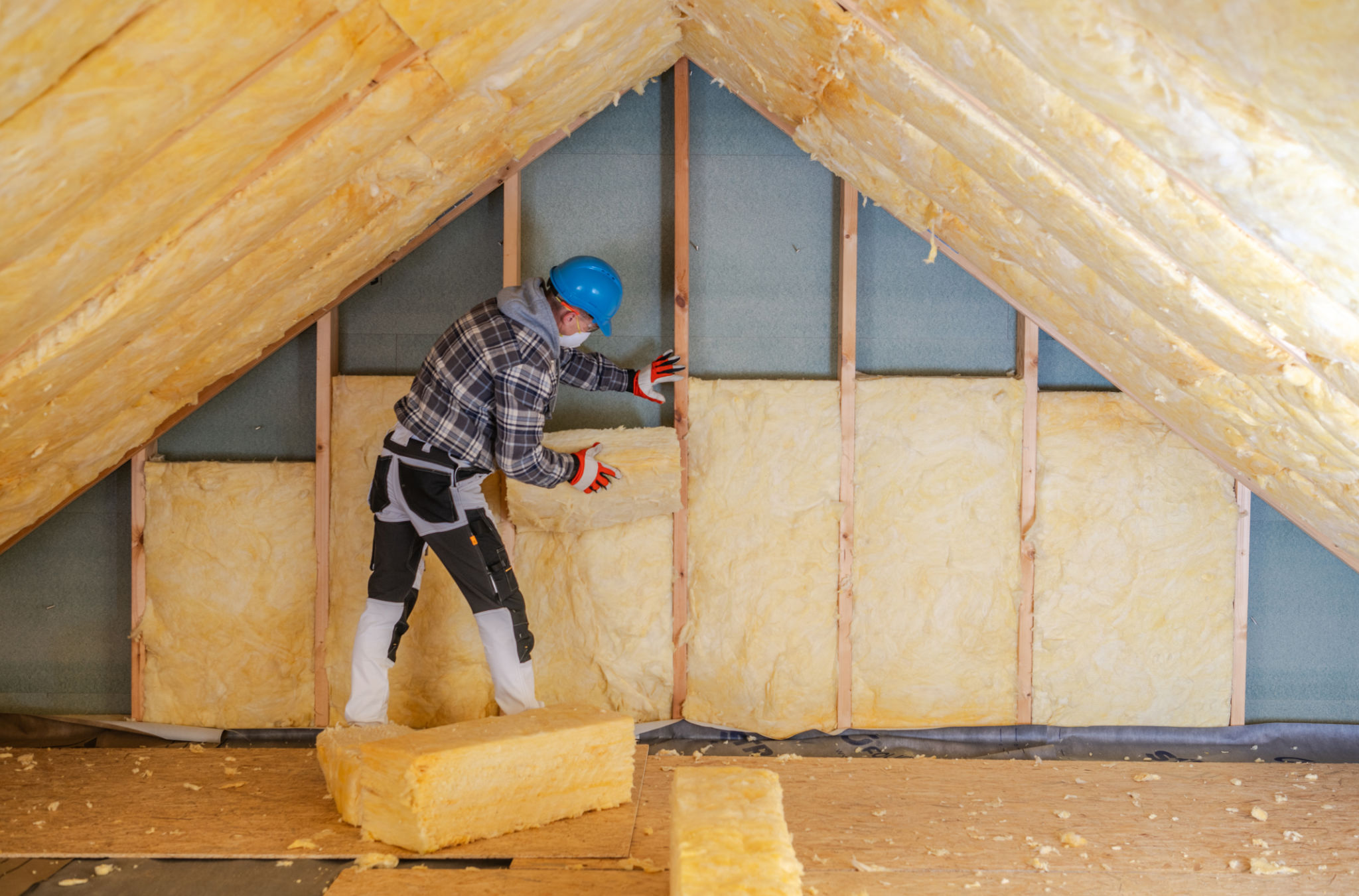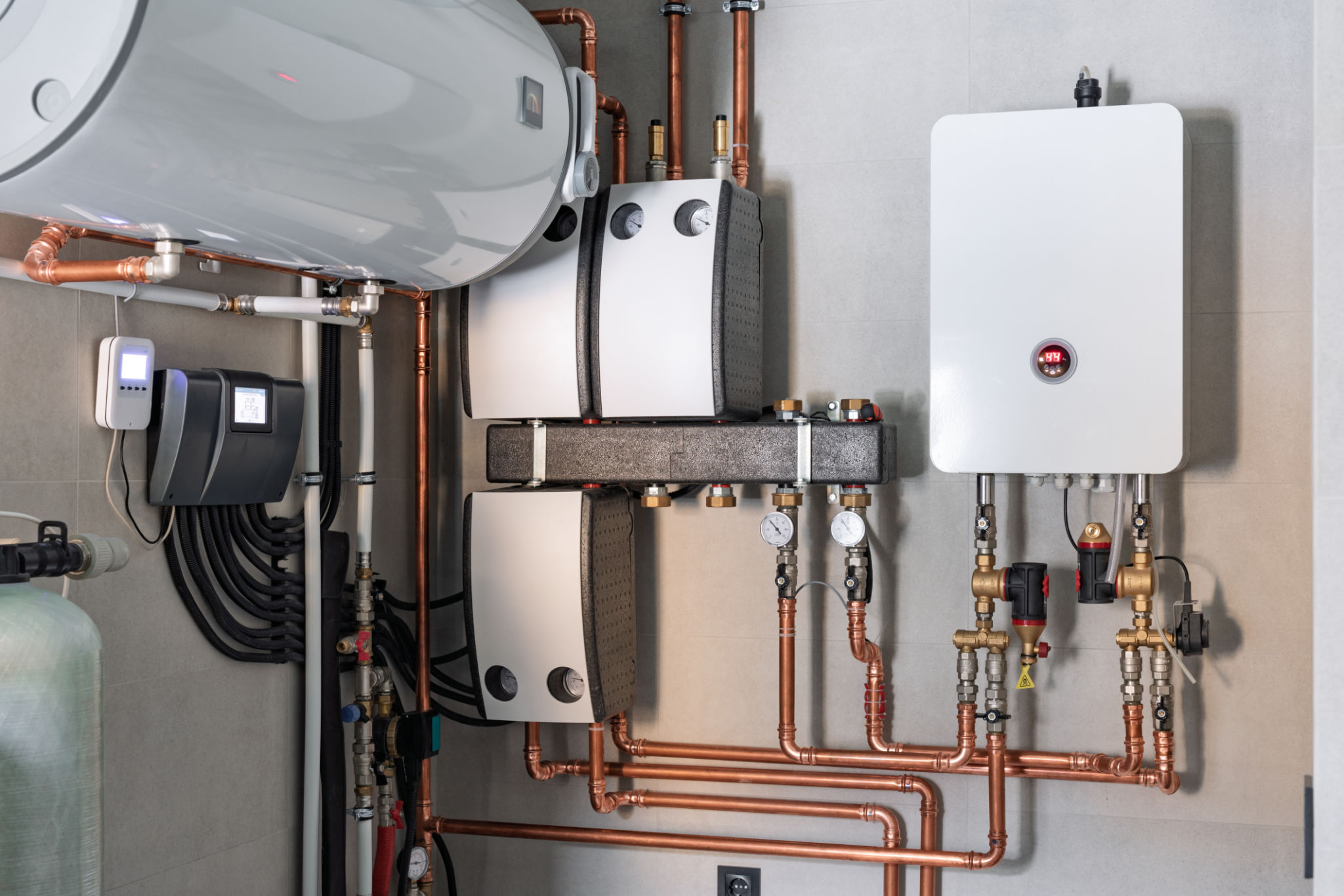Winter Proofing vs. Traditional Home Insulation: What You Need to Know
Understanding Winter Proofing
As the colder months approach, many homeowners begin to think about how to keep their homes warm and energy-efficient. One method that has gained popularity in recent years is winter proofing. Winter proofing involves a series of measures intended to protect your home from the harsh effects of winter weather, often going beyond traditional insulation methods.
Winter proofing can include sealing drafts, insulating pipes, and even installing storm windows. The main goal is to create a barrier between the inside of your home and the cold outdoor air, thereby reducing energy consumption and maintaining a comfortable indoor environment.

Traditional Home Insulation Explained
Traditional home insulation typically involves materials like fiberglass, cellulose, or foam board being installed in the walls, floors, and ceilings of a home. This method focuses on reducing heat loss through conduction, which is the transfer of heat through materials. The effectiveness of traditional insulation is measured by its R-value, which indicates its resistance to heat flow.
While traditional insulation is essential for maintaining energy efficiency, it primarily addresses only one aspect of thermal resistance. It doesn’t account for other factors such as air leaks or moisture control, which can significantly impact the overall warmth and efficiency of your home during the winter months.

Key Differences Between Winter Proofing and Traditional Insulation
When comparing winter proofing to traditional insulation, there are several key differences to consider:
- Scope: Winter proofing is more comprehensive, addressing a variety of factors like air leaks and moisture control, whereas traditional insulation focuses mainly on thermal resistance.
- Materials: Winter proofing often uses a range of materials and methods, including weather stripping, caulking, and specialized window films, while traditional insulation relies on specific insulating materials.
- Flexibility: Winter proofing can be adapted to specific problem areas in a home more easily than traditional insulation, which often requires extensive installation work.
Benefits of Winter Proofing
The benefits of winter proofing extend beyond just keeping your home warm. By effectively sealing your home against the elements, you can also reduce energy bills significantly. This approach often leads to less reliance on heating systems, which not only saves money but also reduces your home's carbon footprint.
Additionally, winter proofing can enhance indoor air quality by preventing drafts and reducing the entry of pollutants and allergens. This not only contributes to a more comfortable living environment but also promotes better health for you and your family.

Combining Winter Proofing with Traditional Insulation
For the best results, many homeowners are now opting to combine winter proofing techniques with traditional insulation methods. This hybrid approach can provide maximum energy efficiency and comfort during the winter months. By addressing both conductive heat loss and air leaks, you can ensure that your home remains warm and cozy without putting undue strain on your heating system.
When planning an upgrade to your home's insulation strategy, consider consulting with a professional to identify areas where winter proofing can complement existing insulation. A tailored approach can optimize energy use and provide peace of mind throughout the winter season.